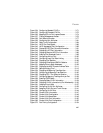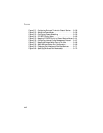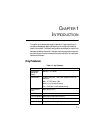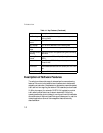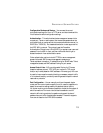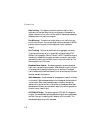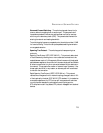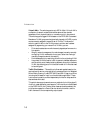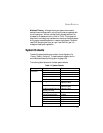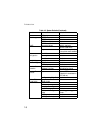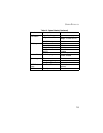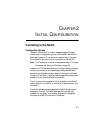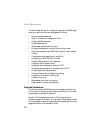
D
ESCRIPTION
OF
S
OFTWARE
F
EATURES
1-5
Store-and-Forward Switching – The switch copies each frame into its
memory before forwarding them to another port. This ensures that all
frames are a standard Ethernet size and have been verified for accuracy
with the cyclic redundancy check (CRC). This prevents bad frames from
entering the network and wasting bandwidth.
To avoid dropping frames on congested ports, the switch provides 1.5 MB
for frame buffering. This buffer can queue packets awaiting transmission
on congested networks.
Spanning Tree Protocol – The switch supports these spanning tree
protocols:
Spanning Tree Protocol (STP, IEEE 802.1D) – This protocol adds a level
of fault tolerance by allowing two or more redundant connections to be
created between a pair of LAN segments. When there are multiple physical
paths between segments, this protocol will choose a single path and disable
all others to ensure that only one route exists between any two stations on
the network. This prevents the creation of network loops. However, if the
chosen path should fail for any reason, an alternate path will be activated
to maintain the connection.
Rapid Spanning Tree Protocol (RSTP, IEEE 802.1w) – This protocol
reduces the convergence time for network topology changes to about 10%
of that required by the older IEEE 802.1D STP standard. It is intended as
a complete replacement for STP, but can still interoperate with switches
running the older standard by automatically reconfiguring ports to
STP-compliant mode if they detect STP protocol messages from attached
devices.





